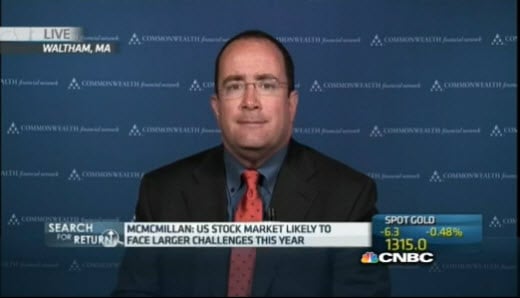I hope everyone had as much fun over the recent holiday weekend as my family did. Between picnics on the beach, a hike up a (small) mountain, lots of playing in the pool, and going to see How to Train Your Dragon 2, a great time was had by all.
Part of the whole Fourth of July ambience, of course, is reminding your kids that they live in the greatest country in the world. That’s very true in some ways; in others, not so much. But the holiday inspired me to revisit just how well positioned the U.S. is compared with other countries, and why we’re lucky to be living here.














